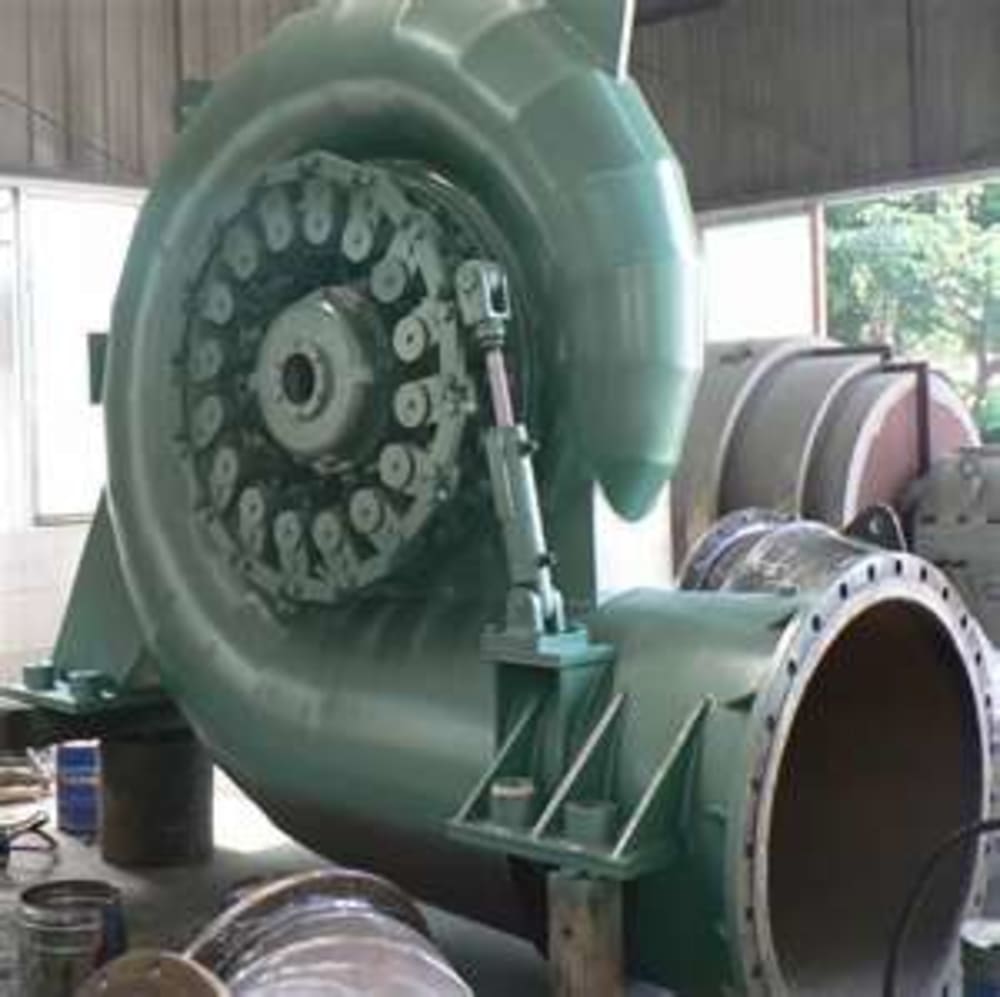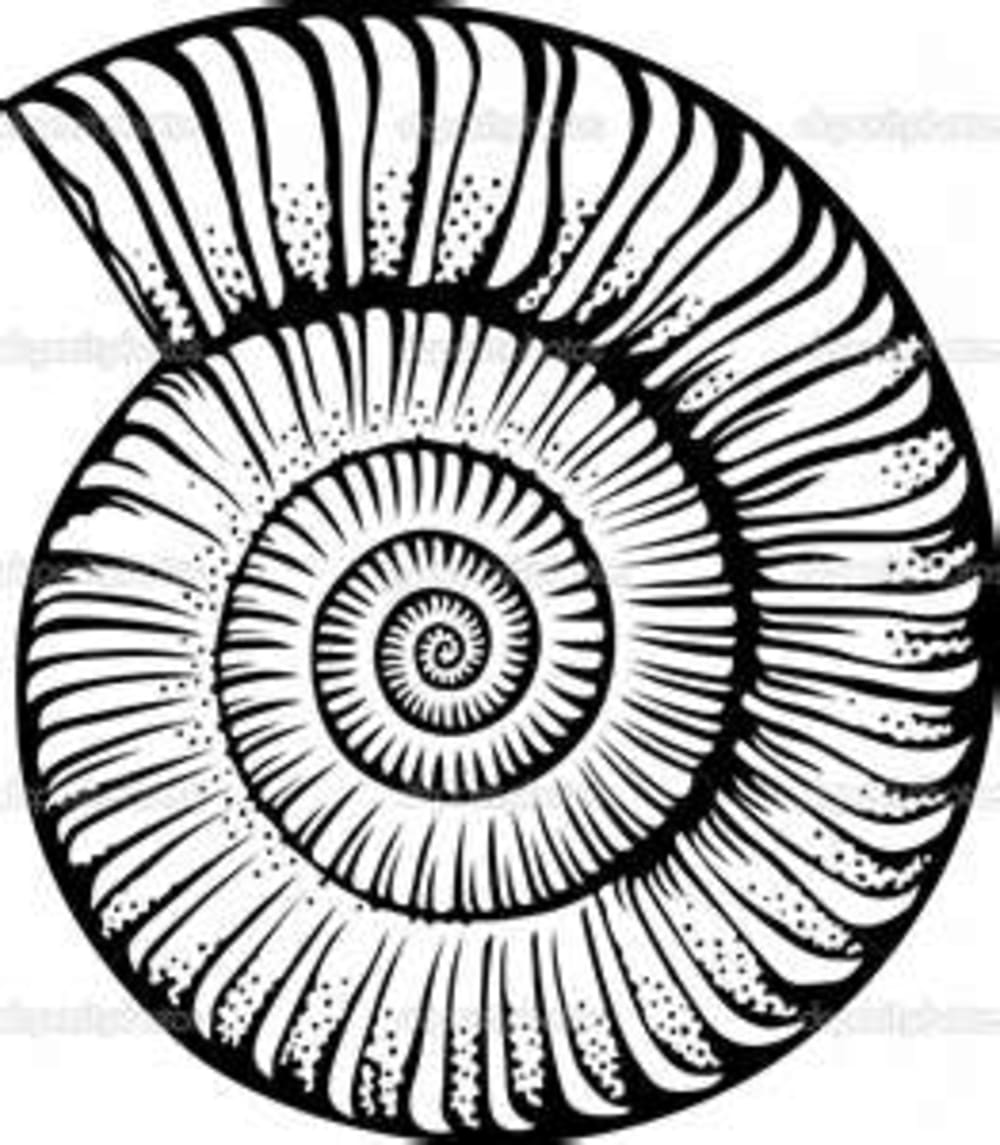Project Overview:
This project will create an energy producing device that will take in an underwater current, increase its velocity 3 to 10 times. This gives the CKM an advantage over most designs today for current to power devices. The (CKM) will be scalable in both size and water inlet to output size making it flexible and adaptable to the situation at hand.
The project will produce a device that uses a circular shape similar to a sea shell with a turbine in the center. The theory is the opening (facing the oncoming current) will be proportioned to the internal outlet. As the water is circulated, the runway narrows to from input to outlet with the turbine situated at the outlet. As the area gets smaller, the waters velocity will increase creating a greater force on the center turbine and more power produced.
Purpose / Need:
There are multiple reasons for such a device such as: villages and small towns in rural areas where delivering power is difficult. Since most of the population is located near a water source such as a river, creek or stream this makes deploying the device simple. Not only can the device be scaled but can be placed in series to deliver more power if needed and could be used to deliver the needs of a small town or village.
The device can also be used to provide a steady, constant power supply in emergency situations such as to a hospital during a power outage.
The device can also be used to save energy and reduce the power pull on the local power grid reducing carbon dependency. It can be used to power industrial parks and community areas cheaply.
Benefits:
This device can be implement cheaply, uses green sources and is capable of producing more power than current to power producing devices designed today. The device has little or no environmental impact and can bring power to those who have little or no access to the power grid.
Implementation Method:
The device will be designed in several stages. Stage one would produce the theoretical design. Stage 2 would produce a working prototype. Stage three would be implementing the actual device for deployment.
Conclusion:
This device would increase current by a scalable design. Example: a small unit with an intake 6 x 3 feet to an output of 2 x 2 feet would increase a 2 water flow of 2 miles/hr to 12 miles/hr. That is a 6 times increase in velocity and a greater head force delivered to the turbine.
Like this entry?
-
About the Entrant
- Name:Myron Fendall
- Type of entry:individual
- Patent status:pending





